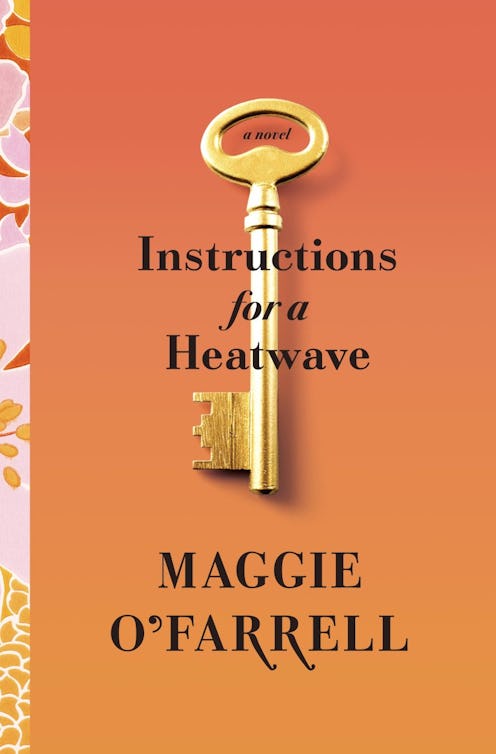Books
'Instructions for a Heatwave' (and Surviving Family)

In Maggie O’Farrell’s newest novel, Instructions for a Heatwave , it’s 1976, and as England experiences a record draught and soaring temperatures, Greta Riordan’s husband Robert walks out of their London home, cleans out his bank account, and disappears. As soon as she realizes what’s happened, Greta summons her three children back home for the first time in years, and before long all of the family’s repressed issues and hidden secrets bubble up to the surface.
The true triumph of this book is in its subtle depiction of family. The characters in this novel are all well developed in their own rights, but they also fit seamlessly into the mosaic of their strange, dysfunctional family. They have each other’s voices in their head at all times, even when living an ocean away and not speaking to each other. They love each other, they can’t stand each other, they need each other. In short, they’re family.
With very few exceptions, everyone has a family, and for better or worse our families define us in more ways than we often realize. Even as society’s idea of what a family looks like changes rapidly, the central importance of the family remains. Which really begs the question of why families are so impossible. What is it about these people that makes them so much more difficult to deal with than just about every other human being we encounter? You’d think that after having lived with them for so long, we’d be better at it. Yet even in comparatively healthy, functional families relatives are still able to drive each other crazy. So what is it about family?
Whatever it is, Maggie O’Farrell has captured it excellently in Instructions for a Heatwave. From Greta, the Irish immigrant and devout Catholic whose children have all disappointed her, to Michael Francis, oldest child and history teacher whose marriage id failing, to Monica, his sister with two step-daughters that hate her and a past she’d rather forget, to the youngest Riordan, Aoife, a wild child living in Manhattan who never learned how to read—the whole Riordan family have their share of individual problems. Yet these issues are nothing compared to the complicated ways they feel about one another.
Just as in real families, none of them ever is able to come up with any definitive, concise idea of who their family members are or how to feel about them, though they try. Yet as soon as they seem to have worked out just what their relationship is, a conversation, a memory, a postcard comes along and reveals just how inadequate that definition was. O’Farrell captures the ways in which families both are unshakable absolutes yet also are forever shifting and always evolving.